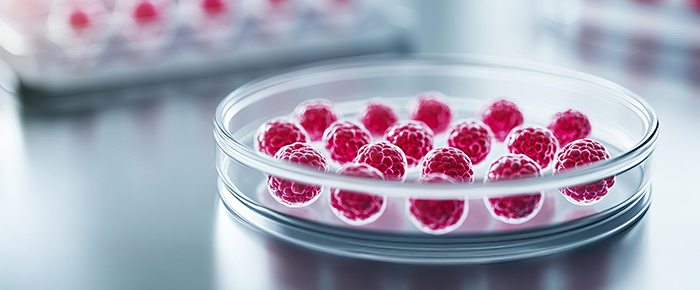
Organoids have quickly become a cornerstone of biomedical research within the last decade. Capable of producing 3D structures resembling human organs in not only shape but cellular function, they remain, however, a challenge to perfect, such that many have voiced the need for standardized protocols for organoid manufacturing and handling. Thus, a group from South Korea has recently developed guidelines for packaging, transport, and storage of source cells for organoids, with guidance on facilitating the sharing, distribution, and utilization of these cells locally and globally.
Specifications for primary and secondary packaging
The first and most important aspect of handling source cells is to ensure the packaging is tailored to the cargo. This means that it should protect the cells from all potential environmental hazards, including:
- Cryogenic temperatures
- Light
- Reactive gases like O2 and CO2
- Contaminants, including bacterial, fungal, and viral contamination, particulates, and other chemicals
- Physical forces, including deformation, vibration, and shear stress
- Moisture
- Leakage
It’s important to evaluate candidate containers for compatibility and long-term stability prior to use to minimize the risk of accidents, all of which significantly increase the risk of sample loss. Additionally, though secondary containers need not contact the cells directly, they should also be tested to ensure they can shield the primary container from damage, maintaining sterility and preventing leaks. An inlet is also necessary for content injection, leakage prevention, maintaining pressure through filtration vents, and allowing the addition of solution to dilute the sample.
Traceability is a requirement
The guidelines provide clear requirements for traceability, going so far as to define it according to both EU and US regulations:
- EU Directive 2006/86/EC: Defines traceability as “the capacity to track cells and tissues from collection to disposal, including identification of all relevant data such as donor information, and involvement of any entity in the handling process.”
- US HCT/P regulations (21 CFR Part 1271): Defines traceability as “the capability of institutions to monitor cells and tissues and their derivatives, ensuring the detection of infectious disease transmission and facilitating timely corrective actions.”
The guidelines state that the tracking system should be “comprehensive” and cover every aspect of collection, storage, transport, and usage. Though not explicitly noted in the guidelines, tracking software, such as a laboratory information management system (LIMS) and/or electronic notebook (ELN), would be necessary to form such a comprehensive tracking system. These types of software are responsible for tracking and tracing samples across the entire workflow, including managing inventories and all sample metadata, including source cell identity, relevant dates, cell numbers, temperatures, and volumes. These systems require that samples are identified using barcode and/or RFID labels, which are scanned at each point, from collection to storage.
Labeling materials for source cells
When it comes to labeling, the guidelines specify that barcode labels should be compliant with GS1 standards. This means that every label should include a GS1 identification key, a unique identification code representing the individual sample. The guidelines also state that labels should remain adhesive under harsh conditions, including cryogenic freezing. Thus, cryogenic labels, such as NitroTAG®, should be used at all points. However, additional label features may also be warranted, as source cells, once frozen, should not be unnecessarily thawed. To label or re-label these containers and mitigate thawing, CryoSTUCK® labels can be applied to frozen surfaces at -80°C then stored back in liquid nitrogen or ultra-low temperature freezers.
Another factor to consider is the printing method. Per the guidelines, label information should not be readily erased. Because source cells may be stored in liquid nitrogen over the long term, the information printed on the label should also resist fading and smudging. Therefore, it is recommended that a thermal-transfer printer be used for all labels. This printing method provides optimal protection against all label environments, including cryogenic freezing, abrasion, and chemical exposure, which may occur when source cell containers are exposed to sterilizing alcohol solutions.
Assess risk beforehand
Before cells are handled, the guidelines recommend assessing risk for each step, especially for transportation, where there is the highest chance of sample loss due to temperature variations and manual handling. As an initial step, temperature should be monitored at all points to avoid unnecessary thawing and freezing; however, every aspect, including the specific containers and identification system, should be tested before large-scale manipulations to assess not only the likelihood of a spill or temperature change but the consequences as well.
LabTAG by GA International is a leading manufacturer of high-performance specialty labels and a supplier of identification solutions used in research and medical labs as well as healthcare institutions.
Reference:
-
Lee S, et al. Guidelines for Packaging, Transport, and Storage of Source Cells for Organoids. Int J Stem Cells. 2024;17(2):113-119.



